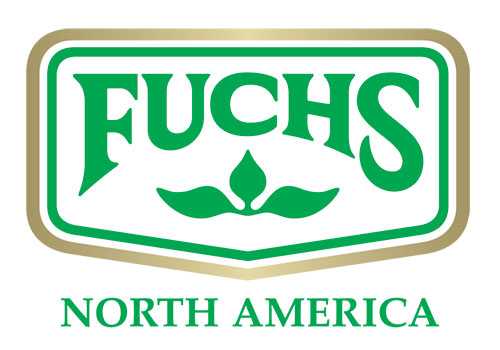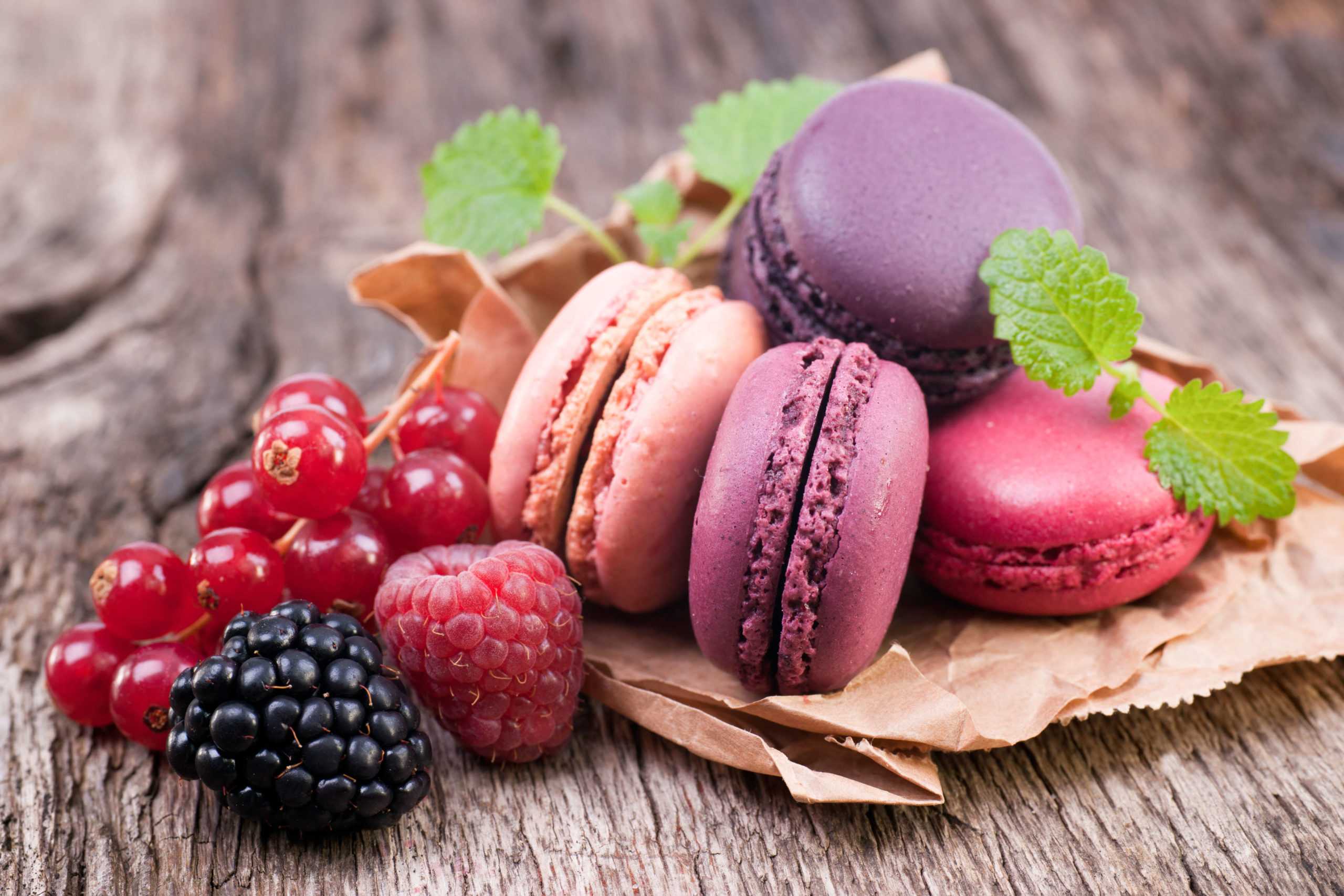When it comes to color, food companies these days are facing a dilemma: consumers want vibrant colors, but they also don’t want artificial colors. Here, Food Technologist Brian Duffy offers his take on how to navigate this challenge and deliver bright colors the natural way.
It is said that people eat with their eyes. So, it is no surprise that artificial colors have been a staple of the food industry for as long as they have. The vibrant colors they provide have enticed millions of consumers into that impulse buy or second bite. However, there has been a shift in the consumer base that is demanding more of the food industry. Consumers are looking to eat healthier and have a betting understanding of their food and where it comes from. To address this need, colors derived from traceable fruit and vegetable sources are coming into the limelight.
The food ingredient industry has been making large strides in natural color development. There are now color options that are vibrant, clean label, and versatile. They can be used in confectionary and seasoning applications to provide vibrant colors to any product and can be added to beverages to provide a more authentic color to its flavor profile. To see these products in action, check out our Limited Edition Sweet Dreams Collection.
Despite this progress, natural colors are by no means “plug and play” and come with many short comings when compared to artificial colors. While these colors are vibrant, they must be used at much higher usage levels, sometimes even up to ten times the level of their artificial counterparts. In addition to higher usage levels, natural colors are much more expensive than artificial colors. Depending on the desired hue and derivative, they can range from $5.00 to more than $100.00 per pound. This can potentially drive up the cost of a seasoning.

The shift from artificial colors to natural colors can be challenging, but a challenge worth undertaking. Consumers are making the shift towards a more natural diet and are demanding that artificial ingredients be removed where possible. While they have their limitations now, and can currently cost prohibitive, innovations in natural colors are happening quickly and show even more promise for the future.
Need help navigating color, ingredient, or flavor challenges? Our experts are here to help. Contact us today.
About the Author




 For more information about Fuchs North America's products and programs that support food manufacturers in their product development needs, please
For more information about Fuchs North America's products and programs that support food manufacturers in their product development needs, please